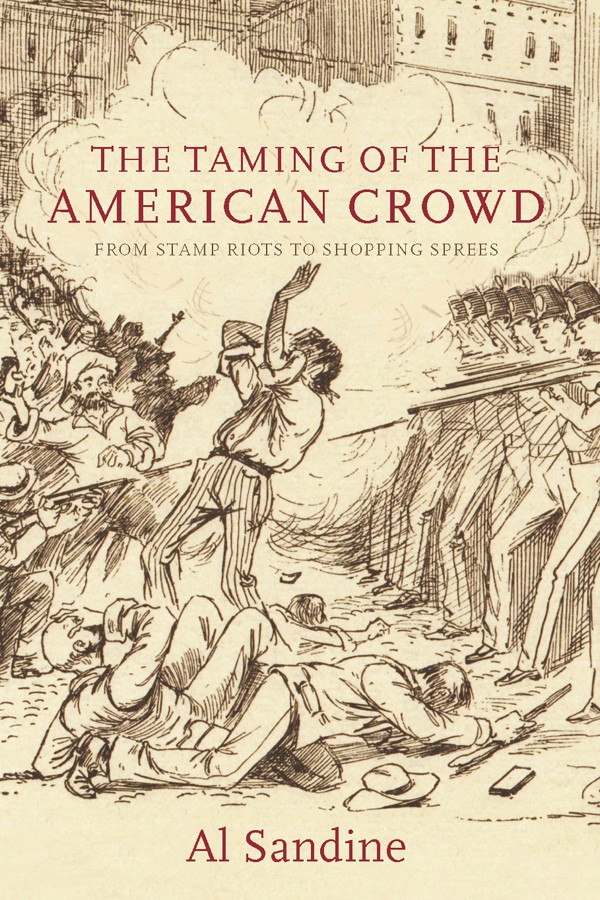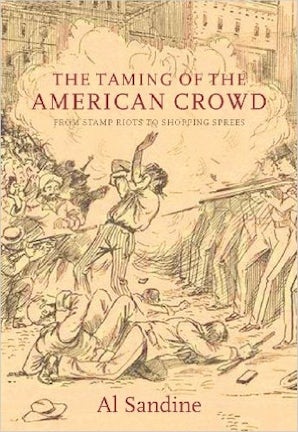Arun Gupta on Coachella and The Taming of the American Crowd in Truthout

Moshed in the Pit of Capitalism
Sunday, 16 June 2013 00:00
By Arun Gupta, Truthout | Op-Ed
Delighted attendee Gupta opines that while the Coachella music and arts festival “may be the zenith of hipster culture” – with extraordinary food choices, music, flamboyancy and release, drugs and friendliness – “It’s all Walmart economy.”
[The Taming of the American Crowd by Al Sandine was published by Monthly Review Press]
Within 20 minutes I had been clocked in the face, pummeled by flying bodies and stripped of clothing. It was the best mosh pit of the day, and I wanted more. Hundreds thick of body or reckless by nature were circulating in a blender of whirling arms and legs propelled by the freneticism of The Descendents. It was exhilarating not knowing if I would be the bat or ball next. There was little risk of death or injury that led the Smashing Pumpkins and Fugazi to ban moshing at their concerts. When I fell down, hands pulled me up, backslaps were exchanged, and the good times rolled…
…Now in its 15th year, Coachella is the highest-grossing festival in the world. For the region it’s a quarter-billion-dollar revenue generator, which outstrips Jamaica’s GDP on an annual basis. Tickets run up to $800, luxury Safari tents top out at $6,500, and everything costs: parking, water, showers, even charging phones. The dominant tribe is money-flush youth with the will to endure three sleepless days of being mashed in a delicious sound taco of Indie rock.
But Coachella is also the modern incarnation of medieval carnivals that revealed “another way of life that stood in stark contrast to the austerity and fixed hierarchy of the official order,” notes Al Sandine in The Taming of the American Crowd. We may imagine festivals like the original May Day, that celebrated the return of spring, to be as timeless as nature, but they are inventions, like Labor Day, Independence Day and Armistice Day.
Late 18th century French revolutionaries “invented a series of public events intended to furnish the novel and exciting world that had fallen into their hands with a revolutionary culture,” writes Sandine. These were solemn affairs with “maidens dressed in white” and ceremonies “marking brotherhood between rival villages,” but the desire for carnival could not be suppressed. On the first anniversary of the fall of the Bastille, the orderly military parade in Paris turned into a days-long celebration with “parties, dances and parodies.” In the town of Saint-Andéol, Sandine quotes a contemporary describing a “love-feast,” where ” ‘wine flowed in the streets, the tables were spread, provisions placed in common,’ and people joined hands in an enormous dance extending outward ‘into the fields [and] across the mountains.’ “
Libidinous festivals still exist in the global south, such as Rio’s Carnival and India’s Holi. Our public parties, Halloween and St. Patrick’s Day, are associated with frat-boy culture or are sanitized like Macy’s Thanksgiving Day Parade. Libertine exceptions remain, such as Mardi Gras, Pride and Burning Man, but they have survived by adapting to the market. Radical noncorporate celebrations such as Rainbow Gatherings and Critical Mass tend to be squashed.
Because unplanned festivals are rare, they can be wildly popular. Tens of thousands joined Occupy Wall Street as it was a spontaneous outburst of history and living theater. Democratic, free, participatory, dangerous, unpredictable and open to all, Occupy was unlike the gated festivals that have colonized public space with pacified crowds…
Read the entire article on Truthout

